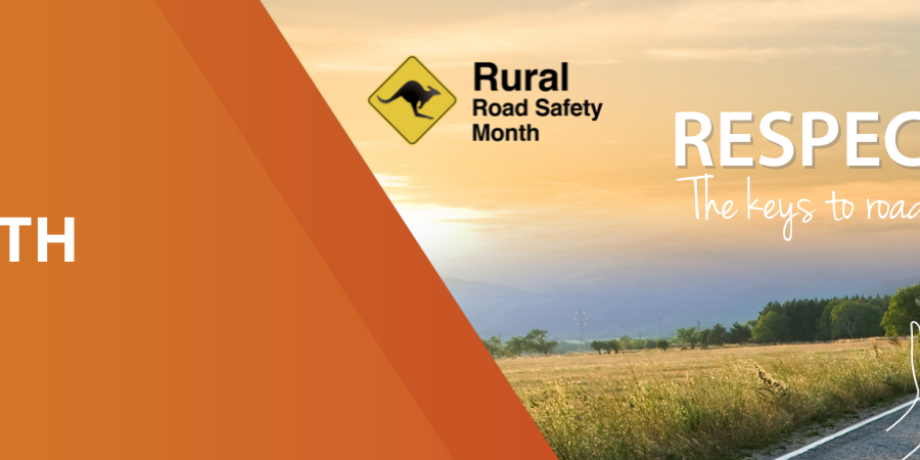
Rural Road Safety Month is a national awareness campaign targeting regional and rural road safety throughout September. It may be surprising to know that rural road crashes account for more than 65 per cent of the Australian road toll, and the rate of serious road-related injury in rural areas is nearly twice that of those in major cities.
Road safety is up to all of us – whether you are a driver, passenger, pedestrian, cyclist, use a skateboard or scooter. We can all play a part in reducing the impacts of road crashes and improving road safety.
Recent research found 3 in 5 Australians admit to taking risks on the road. The risks drivers admitted to taking include:
- Speeding (51 per cent)
- Using a mobile phone while driving (43 per cent)
- Driving fatigued (28 per cent)
Taking these risks can have serious consequences.
Driving too fast is the single biggest contributor to death and injury on NSW roads. Each year, speeding contributes to about 41 per cent of road fatalities and 24 per cent of serious injuries. Almost 135 lives are lost and 1141 people are seriously injured.
Being distracted when driving, such as by a mobile phone, can increase your risk of a crash. Simply taking your eyes off the road for longer than two seconds, doubles the risk of a crash.
Fatigue is one of the three biggest killers on NSW roads. Fatigue-related crashes can happen on any trip, no matter how long or short or what time of day. Fatigue-related crashes are almost three times as likely to be fatal than crashes not involving fatigue.
Every road user must make important road safety decisions every time they are on or around our roads. To be prepared to make these split-second decisions that could save a life, you must have a plan.
Road safety starts with you:
- Always be fit to be on or around our roads - think about the effects of fatigue, drugs, alcohol
- Eliminate distractions and stay focused on the road, whether as a pedestrian, bike / scooter / skateboard rider, or driver
- Develop a plan prior to starting your journey - plan your route and rest stops
- Look and be seen when using the road - think clothing for visibility and protection, lights and reflectors
- Attitude - think patience, courtesy
- Scan the road ahead for potential hazards
- Always maintain a safe following distance - think reaction time
- Ensure your vehicle, motorcycle, bicycle or scooter is well maintained and in good working order. Include regular checks and services - good tyre tread, tyre pressure, oil and water levels, light function
- Pack your vehicle correctly - are your luggage and passengers secure?
- If towing a trailer, caravan or boat, ensure you are confident and well versed in ways of towing
Be prepared for the unexpected & drive to suit the conditions:
- Weather conditions - check the forecast for severe storms, hail, fog, heavy rain
- Extreme weather events - think flood waters and bush fires
- Changes in road conditions - think wet, gravel, ice and snow
- Dust and unsealed roads - think variations and changes to road surfaces, reaction times and how that may affect the grip of your tyres
- Wildlife - always scan the road ahead
- What to do in case of an emergency - think first aid kit, phone numbers, spare tyre / tools
All road users are encouraged to get involved to help make a significant reduction in crashes. Be the change you want to see on the road – take personal responsibility, improve your in-car behaviour and model good practices.

